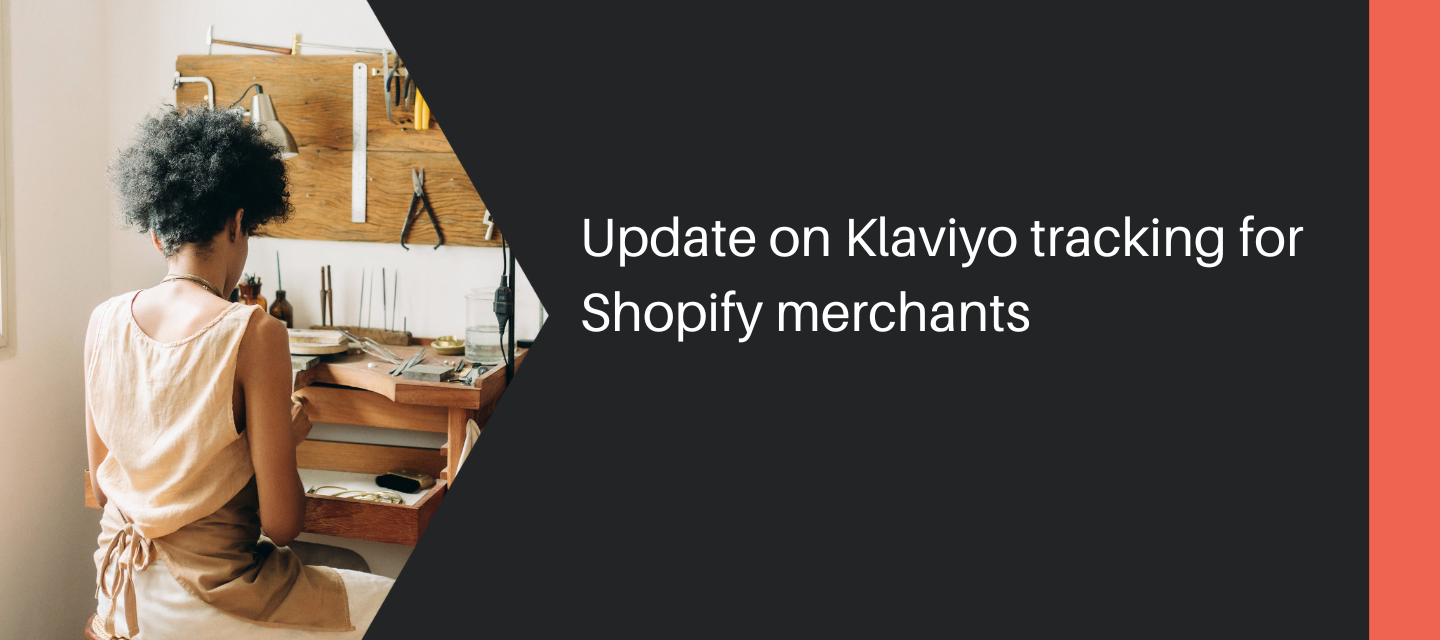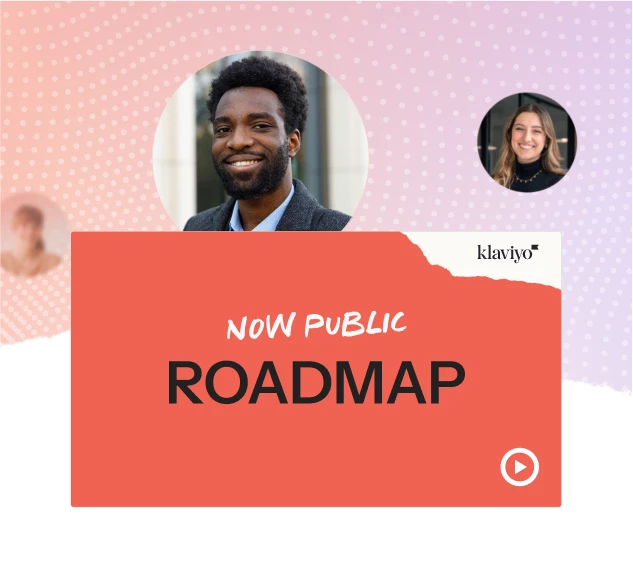Klaviyo is now integrated with Shopify’s Customer Privacy API so we can adhere to the Customer Privacy settings you have selected in your Shopify account. These settings dictate how we use cookies to collect and store data for your online store visitors in the EU, EEA, UK, and Switzerland.
What impact does this have on my Klaviyo account?
Based on your Customer Privacy settings in Shopify, Klaviyo may not track onsite events (Active on Site, Viewed Product, and Added to Cart) for visitors to your Shopify store in the EU, EEA, UK, and Switzerland, unless they have provided consent.
You may notice a decline in the volume of onsite events in your Klaviyo account going forward. These events are often used to build segments, trigger browse abandonment or cart abandonment flows, or target onsite forms. Online store visitors in the European regions mentioned above who have not provided consent for onsite behavioral tracking will be excluded from these Klaviyo activities.
Why is this update being made?
The data privacy landscape changes frequently, and Klaviyo is committed to helping you stay compliant while giving your customers a great experience they can trust.
How do I review my privacy settings?
As a Shopify merchant, you have control over the privacy settings for your store. We will follow the settings that you choose. You can review your Shopify settings by navigating to Online Store > Preferences > Customer privacy within the Shopify Admin.
If you have questions, please feel free to reach out to us. Thank you for being a Klaviyo and Shopify customer.





![[Academy] Klaviyo Product Certificate Forum|alt.badge.img](https://uploads-us-west-2.insided.com/klaviyo-en/attachment/8798a408-1d98-4c3e-9ae8-65091bb58328_thumb.png)

![[Academy] SMS Strategy Certificate Forum|alt.badge.img](https://uploads-us-west-2.insided.com/klaviyo-en/attachment/2f867798-26d9-45fd-ada7-3e4271dcb460_thumb.png)


